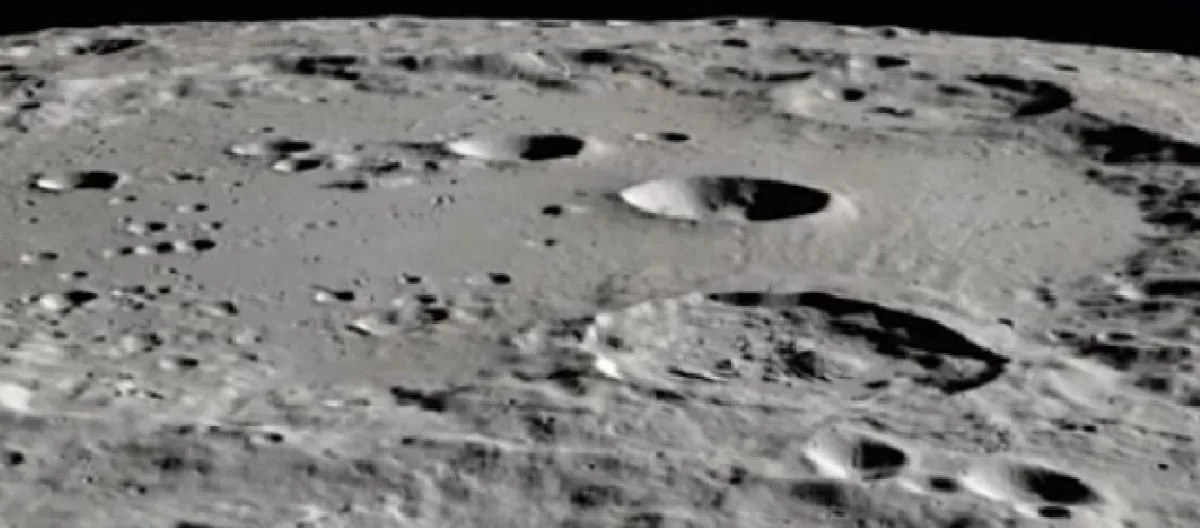The American Space Agency NASA has plans to send astronauts back to the Moon. There would be a woman in the team, and NASA's long-term plan is to colonize the Moon, followed by Mars. Water is vital for survival, and there would be logistic problems to transport it from the Earth. A better option is to generate it on the Moon.
That would be one of the first tasks for these astronauts as SOFIA enters the picture.
It is the short form of Stratospheric Observatory for Infrared Astronomy. This is a converted Boeing 747 capable of cruising around Earth above the clouds at an altitude of more than 41,000ft to search for traces of water on the sunny side of the Moon.
Previous studies have hinted that water is available in the South Pole craters, but NASA wanted to check out easily accessible alternative locations.
Daily Mail UK mentions water on the Moon that exists in so-called "water traps." These are invariably in the shadow and may be the source of an abundant amount of the precious liquid. NASA looks at this as a positive sign for future missions to the Moon.
Astronauts could explore the possibilities of using this natural resource and convert it into oxygen or drinking water to sustain colonization. These will give a boost to robotics, artificial intelligence, and renewable energy.
The water could produce rocket fuel, help cut down operational costs, and provide a fillip to interplanetary space travel.
SOFIA helped NASA to get the facts right
Researchers had presumed water was there on the Moon in "cold traps," but there was no concrete evidence. As a result, NASA decided to study the matter and converted a Boeing 747 to keep a watch from a relatively high altitude.
It seems the traces of oxygen and hydrogen on the alien surface were difficult to identify as water.
Hence, NASA conducted the exercise.
Daily Mail UK says the problem was a limitation of the equipment. Therefore, SOFIA came on the scene. It is more sophisticated and can identify molecular water accurately. It discovered molecules of water in Clavius Crater. This happens to be one of the largest craters visible from Earth and is located in the Moon's southern hemisphere on the sunny side.
NASA might build a base camp at the Moon's South Pole
An official of NASA Headquarters in Washington says – "We had indications that H2O – the familiar water we know – might be present on the sunlit side of the Moon." He is Paul Hertz, director of the Astrophysics Division in the Science Mission Directorate.
The American Space Agency hoped to find water there and might go in for a base camp at the Moon's the South Pole. In March 2019, NASA outlined plans for the colonization of the Moon by 2028. Daily Mail UK adds that Israel had similar ideas, but their Beresheet mission did not succeed. They had even identified an area of touch down where water was supposed to be present.
The availability of moon water changes the scenario of space flight and opens up many possibilities. One of these is to undertake interplanetary missions. Others are to extend support to astronauts on the Moon-base, grow food on long-duration missions to Mars, and generate rocket fuel to explore the Solar System.
Moon water could be a potential resource feels NASA
According to the Washington Post, studies tend to confirm that there is water on the Moon in some form or another. That could be a positive sign for a long-duration stay of astronauts on the alien surface.
NASA is upbeat about the latest find because it has its Artemis program on the anvil to send American astronauts back to the Moon this decade. Scientists believe the lunar South Pole might have reservoirs of potentially useful water.
This might not be in liquid form. However, the latest discovery is the result of remote observation of the Moon's surface by an infrared telescope. Incidentally, NASA announced in June about deploying a rover VIPER to the south pole of Moon in 2023 – its task would be to drill for water a meter below the surface.

